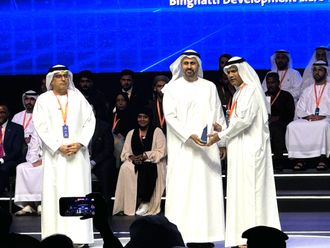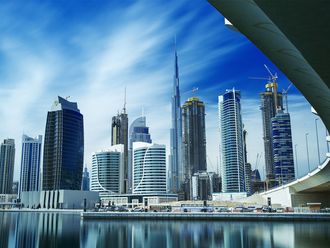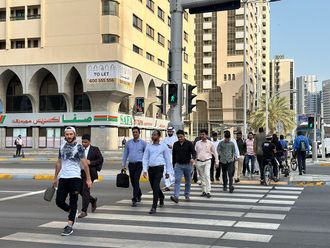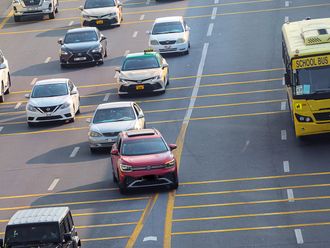
Dubai: For retailers, adapting to the changing retail environment will be instrumental in enticing customers into physical stores and in creating seamless omni channel shopping experiences. Here are some trends that are expected to dominate the retail sector:
Personalisation in retail will become increasingly important to consumers. Tactics retailers once used to speak directly to customers (such as using first names in an email) have become outdated. At the same time, though, consumers are searching for personalised shopping experiences, so we can expect to see retailers testing new ways to appeal to this desire.
Need for speed will make same-day shipping a reality: Free shipping is no longer an option; it’s a requirement. If retailers want to cash in on the urgent and impulsive requirements of customers, they should be able to reach them quickly.
Alternative checkout methods will continue to grow: With a smartphone in every pocket and the expansion of possibilities with barcodes and imaging technologies for scanning products, faster alternative checkout methods will continue to find ground across the retail sector, customers want to avoid the wait in the checkout line. This is in addition to the push by banks and technology giants to make mobile payment popular.
Use of social media will become a standard: We can expect retailers to push their social media strategies further in the pursuit of truly seamless shopping experiences. Retailers use Instagram to sell goods, Facebook to post day-to-day updates on new products and they’re increasingly taking advantage of apps like Snapchat to give customers behind-the-scenes looks at their operations and to build loyal followings.
Internet of things (IoT) will boost supply chain efficiency: IoT is helping retailers connect physical and digital worlds and to facilitate real-time interaction with consumers both inside and outside the store. For example, stores could use smart tags to adjust pricing in real-time, IoT-enabled sensors would allow store managers to monitor and adjust lighting and temperature settings; businesses could use sensors to automate manual functions such as tracking inventory or changing prices.
- The writer is executive director of ABRA VM & SD












